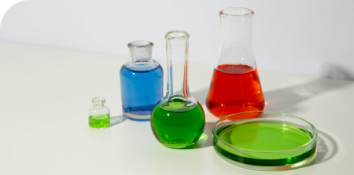Simple Limbal Epithelial Transplantation (SLET)
Surgery
What is SLET Surgery?
Simple Limbal Epithelial Transplantation (SLET) is a surgical
technique used to treat limbal stem cell deficiency (LSCD).
The limbus is the border area between the cornea and the
sclera, and it contains stem cells essential for the
regeneration and repair of the corneal epithelium. In LSCD,
these stem cells are damaged or destroyed, leading to a
range of ocular problems, including corneal opacity,
neovascularization, and vision loss.




